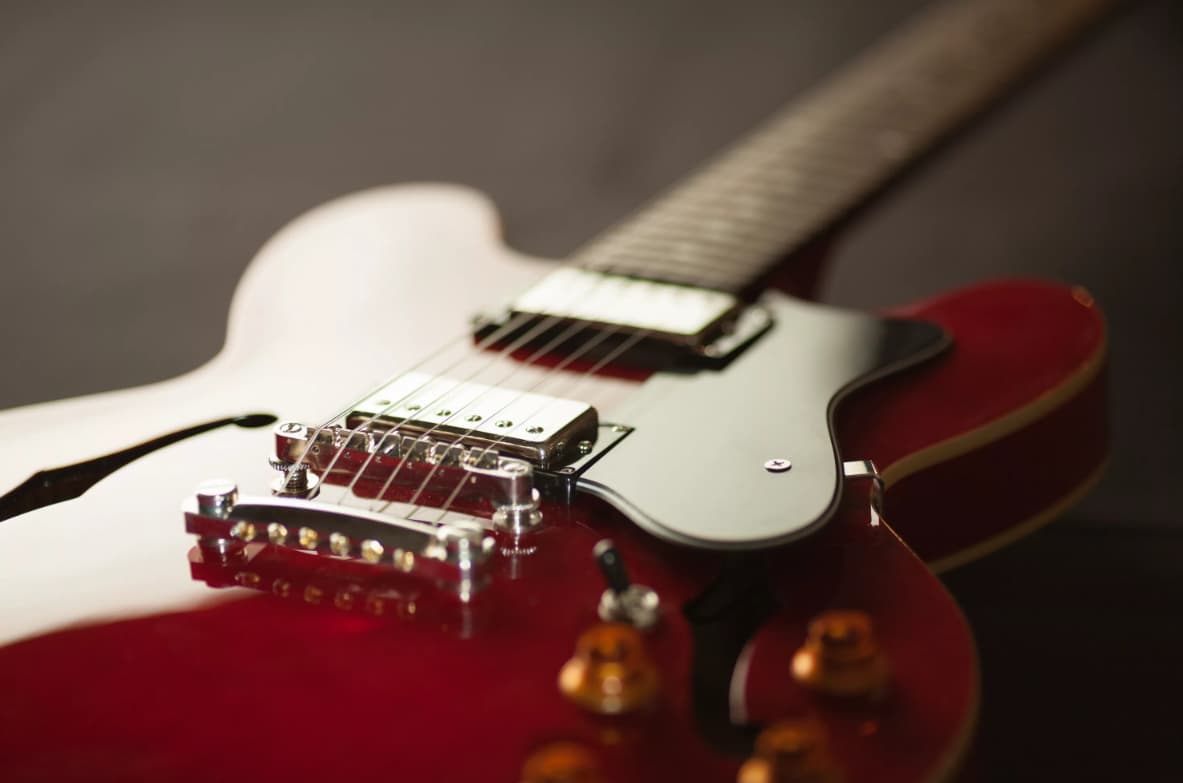All Types Of Guitars
Undoubtedly, the evolution of musical genres, instruments, and playing techniques has significantly influenced the development of various guitar types worldwide. In the 20th century, musicians seeking new avenues of creative expression began modifying established designs, leading to the birth of innovative instruments.
Types of Guitars
Let’s dive into the diverse world of guitars, where we encounter three main types: Classical, Acoustic, and Electric. Classical guitars, with their nylon strings, offer a softer sound compared to their predecessors, the acoustic guitars.

Classical Guitars
Today’s classical guitars differ from those of a century ago, primarily due to the use of nylon strings since the 1950s. Featuring six nylon strings, classical guitars produce a mellower sound with wider string spacing and longer resonance after plucking.
Acoustic Guitars
Acoustic guitars encompass classical and acoustic variations, but only electric-acoustic guitars require amplification. Variations include standard acoustic, electric-acoustic, and jazz guitars, each serving unique purposes in musical expression.
Electric Guitars
The electric guitar, with its vast range of tones, dominates the scene alongside electric bass guitars, derived from the double bass tradition. From heavy overdrive to clean acoustic-like tones, electric guitars offer a wide spectrum of sounds.
Differences in Guitar Fingerboards
While classical and acoustic guitars differ primarily in neck thickness, electric guitars may occasionally feature design aspects like pickups on one side. However, this offers no functional difference, and variations in fretboards mainly affect playing techniques.
Conclusion
In conclusion, familiarizing oneself with the different guitar types can aid in deciding which best suits individual preferences. While learning about guitars and their variations may seem daunting initially, starting with the basics can make it a manageable and rewarding journey into the world of music.

